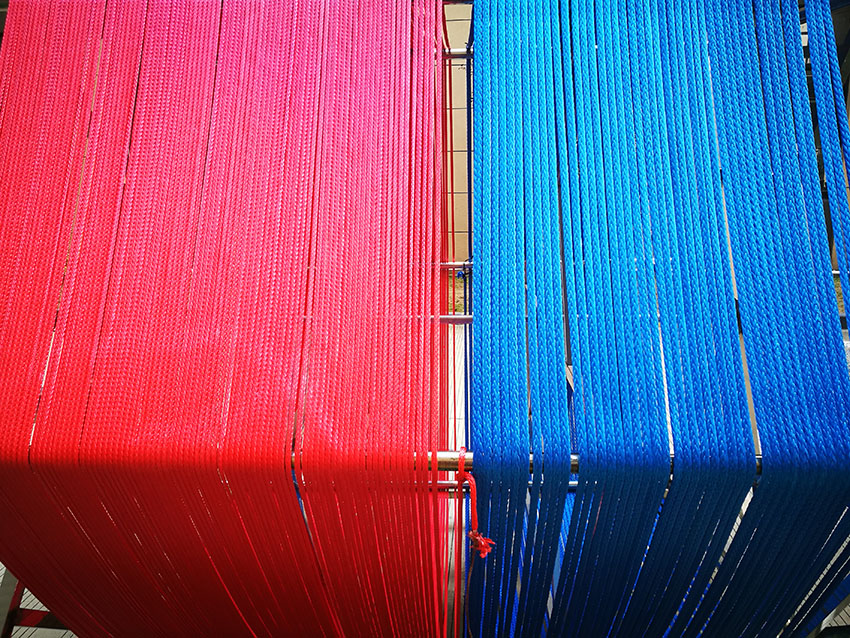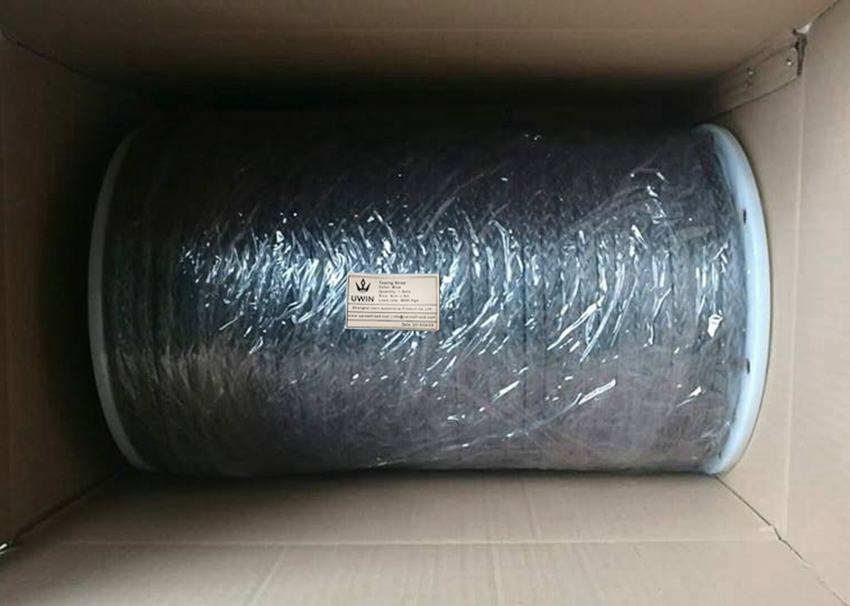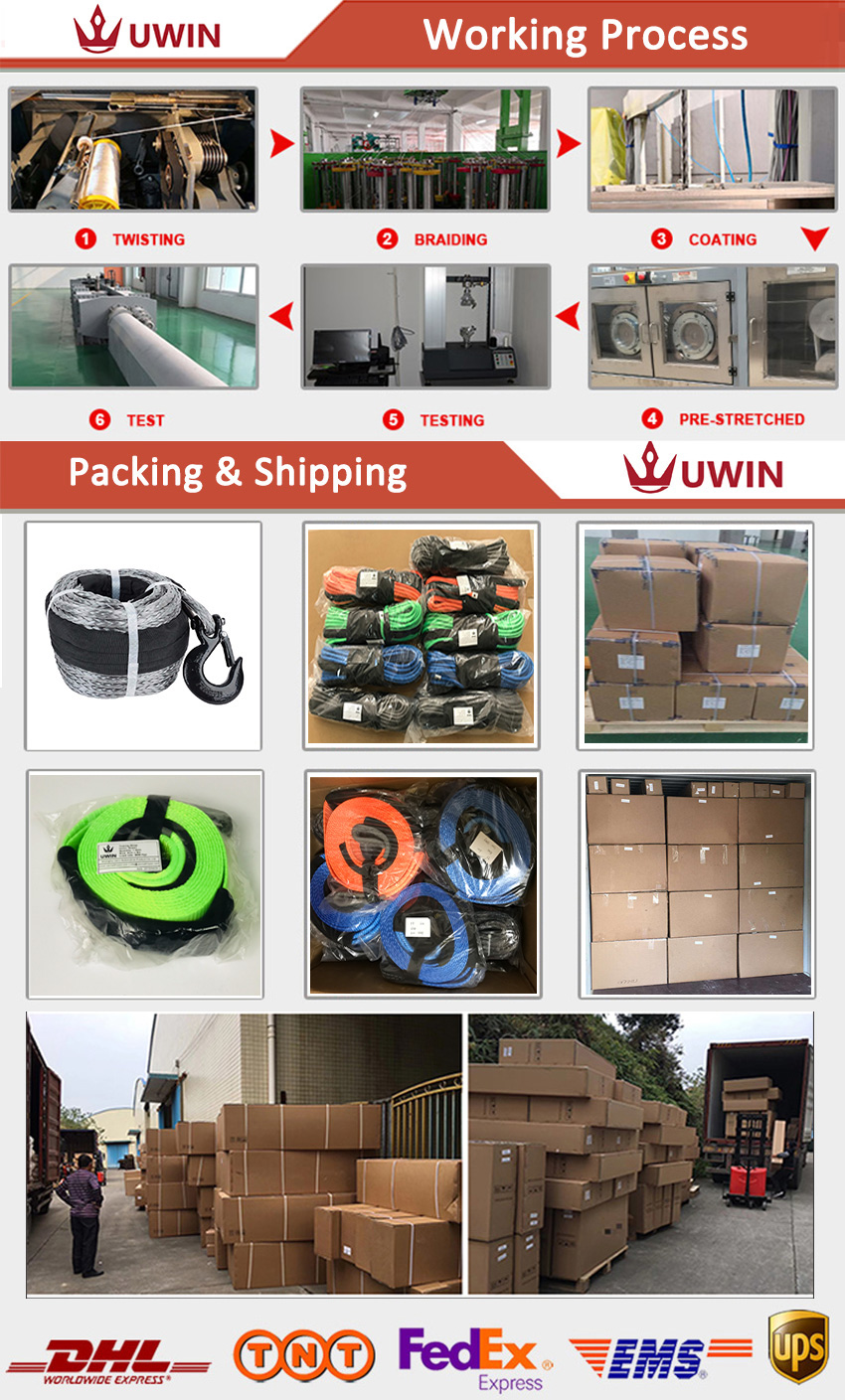Recovery Rope,Dyneema Winch Line,Uhmwpe Winch Rope,Uhmwpe Synthetic Line Shanghai Uwin Automotive Product Co.,Ltd , https://www.uwinoffroad.com



Do 4 monitoring methods commonly used in monitoring
In the practice of monitoring, we will adopt different plans depending on the environment of Party A. Adopting the correct construction plan will improve the stability of the monitoring system. Second, it will increase construction efficiency. Third, it will reduce costs. Today, I will tell you about several schemes or ways of data transmission in digital surveillance.
The first, classic way, a camera power supply, a network cable
Cabling requires two types of wires: power cords and network cables. The power line transmits 220V AC, and each camera needs a power supply to supply power. The cable is used to transmit data to the recorder. Both are indispensable.
? Second, the use of POE switches, each camera only requires a network cable, no power cord
In this way, only the 8-core network cable is used as the transmission medium, and the power line is no longer needed. The transmission distance can reach 160 meters. Some manufacturers alleged that the non-standard mode can now reach 250 meters.
What are the advantages of using a POE switch as a monitoring project?
1, no cloth power cord, save materials, save labor, improve the construction efficiency!
2, pure weak construction, no danger of electric shock, no fire hazards!
3, no longer use power, reduce the probability of failure, reduce maintenance costs!
4, with the storage bracket, the project is more beautiful, acceptance easier to pass!
5, reduce the difficulty of construction, simple and easy, easier to use!
What are the benefits? Friends who have used Putian POE switches can experience it on their own!
Third, fiber + transceiver, so that the transmission distance farther!
When the monitored distance exceeds more than 100 meters, under normal circumstances, the network cable is powerless. This time will generally consider the use of fiber. The distance of the optical fiber can reach 20 kilometers!
Optical fiber uses light to transmit data and needs to cooperate with a fiber transceiver to complete the work. Optical transceivers are used in pairs to convert optical and electrical signals. As shown below:
Fiber transceivers are available in 100Mb and Gigabit, depending on the number of cameras you have.
The optical fiber is cheap, has a long transmission distance, and is used in large quantities in monitoring projects. However, the optical fibers need to be fused, and the fusion splicing equipment is expensive. Therefore, the general splicing needs to be performed by a dedicated person. This requires a certain cost, and it takes a certain amount of time. This point, let a lot of project traders deterred!
Of course, if it is a sheath fiber, it can also be cold-wired. Cold welding tools are relatively inexpensive. Even so, cold-welding tools are not unique to every contractor, especially friends who rarely use fiber optics.
Fourth, wireless bridge, wireless transmission monitoring video
In some construction environments, there are already difficulties in using wired methods. For example, communities that have hardened roads, elevators, factories that have been built, open areas that are far away, wild areas, and so on. In these environments, there is a great difficulty in using the wired method. At this time, wireless bridges will be used.
Wireless bridges can convert network signals into radio waves for point-to-point transmission. Used in pairs. Due to the point-to-point directional transmission, long-distance wireless transmission can be realized from several hundred meters to several tens of kilometers.
With wireless bridges, the only requirement is that there should be no blockage between the transmitting and receiving ends. Accessibility is required so that signal transmission is stable.
The wireless bridge can be divided into 2.4G and 5.8G according to operating frequency.
Reference: What is the difference between 2.4G and 5.8G?
2.4G is cheap and used more. The 2.4G wireless bridge's speed is generally 150M, and the bandwidth is relatively small, which is suitable for monitoring the number of transmission paths. Since the civilian WIFI signal is also 2.4G, in some environments, it may interfere with the wireless bridge signal and there is no problem in close range.
The frequency band of 5.8G is relatively clean, and the transmission rate is generally more than 300M, which is suitable for long-range, large-scale monitoring of wireless transmission.
Products Features: